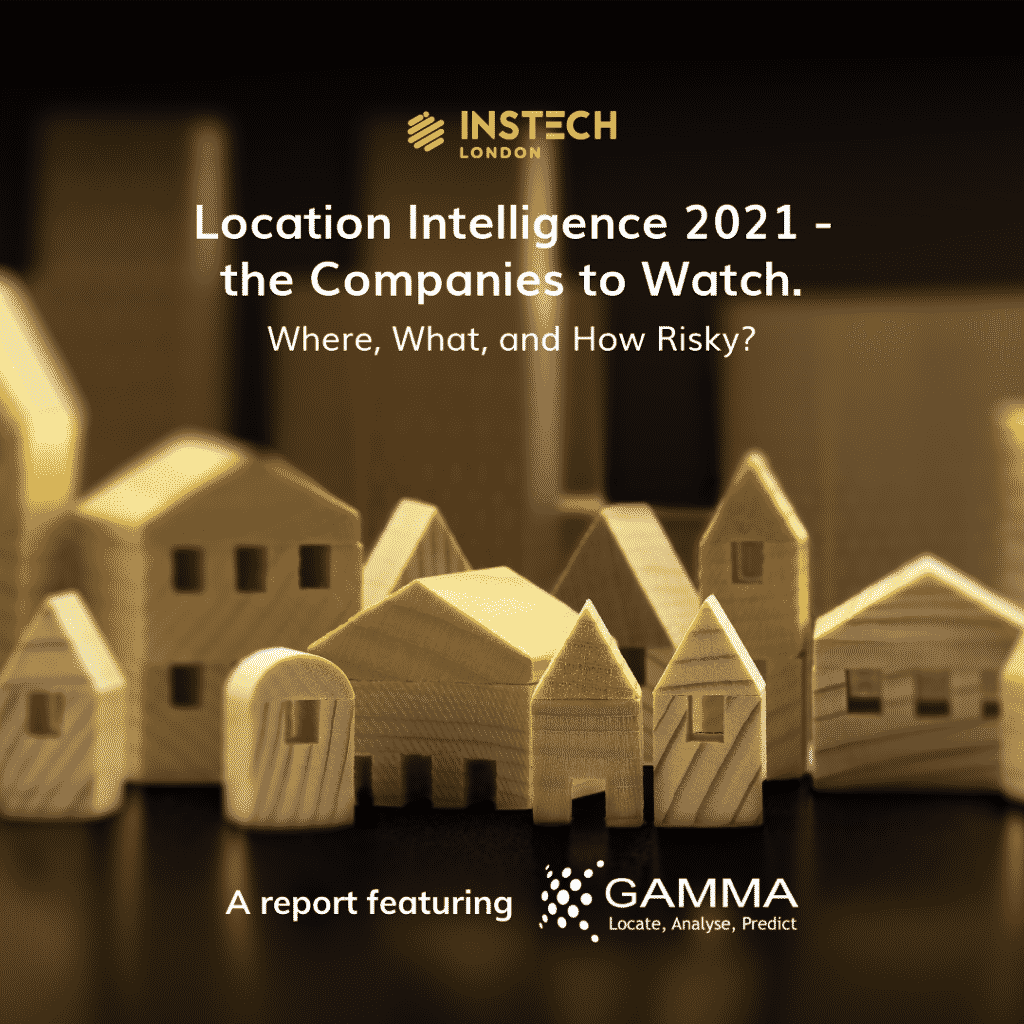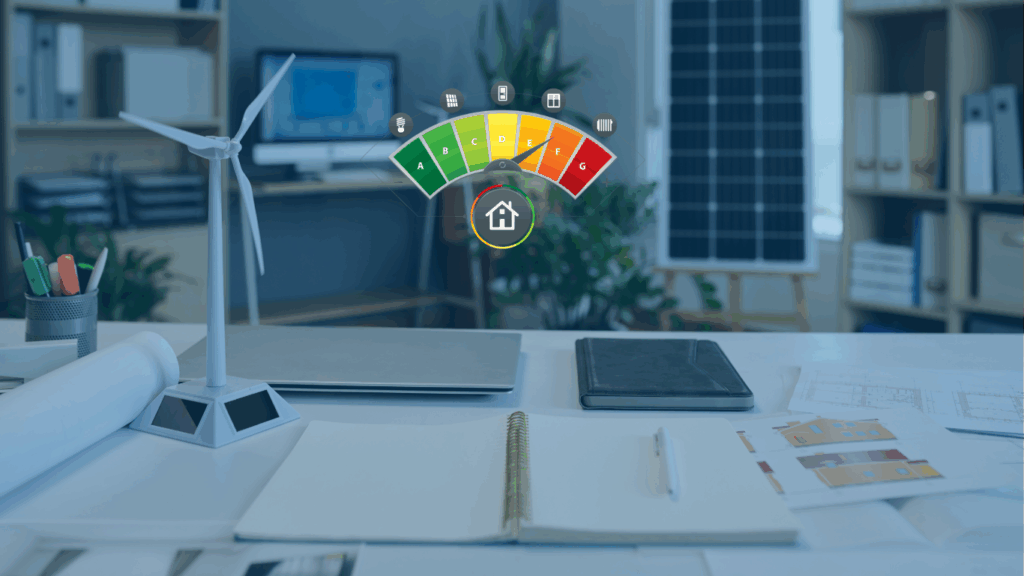Instech London – Insurance & innovation with Matthew Grant -podcast
Gamma Location Intelligence helps insurers to understand property-based risks by providing accurate location data to support underwriting decisions.
The company combines its own data sets with information from partners and third parties to provide a clearer view to clients on risks including flooding, subsidence, fire and crime.
Chief Commercial Officer Richard Garry joins Matthew to discuss Gamma’s approach, its technology solutions and how clients are making use of its data.
Talking points include:
- Pinpointing risks through geocoding
- Automating declines and referrals
- Using maps vs risk and accumulation scoring
- Working with data partners
- Identifying new data sources
Gamma Location Intelligence was named as one of the companies to watch in our Location Intelligence 2021 report, which is available to download from our website.
Build vs buy – getting the best location intelligence information – Episode 140 highlights
Matthew: What problem for insurers does Gamma help solve?
Richard: We help insurers understand property-based risk, such as flooding, subsidence, fire or crime. Insurers are interested in these environmental factors.
Matthew: Do your insurance clients use Gamma data for pricing or risk selection?
Richard: Both. If it is a low-level risk, they can adjust the pricing. If it is a severe risk, they may not want to write that business at all.
Matthew: Do companies use your data to automate declines and referrals?
Richard: Yes, a lot is done through APIs. Companies can send through a UPRN (Unique Property Reference Number) location code, address and postcode, and we return the information. A UPRN is an ID number created by the Ordnance Survey for each property. It can link to building attributes and the location of the property, which we can use to pinpoint the risk.
In some cases, such as for a high-value property or if there is a location referral issue, our clients can visualise the risk within our Perilfinder platform.
Matthew: How does Perilfinder work?
Richard: Perilfinder is our enterprise-level platform where we store our data and allow our clients to access it. Users can access that data through APIs or through an interface. That user interface is a map-based view with built-in, customisable RAG scoring and accumulations. RAG scoring is a simplified way of interpreting the data. Green means ‘good’, amber means ‘we need to look into this’ and red means it is beyond the insurer’s risk appetite.
There is a simplified version of Perilfinder for MGAs to allow them to make decisions as quickly as possible. While there is a lot of functionality within it, we don’t want the user to get bogged down in that and spend a lot of time moving around a map.
Matthew: How do maps and raw data compare from a practical point of view for an underwriter?
Richard: We are a geographic information system company, so we love maps. But they should not necessarily be the centre point of every decision. If an underwriter wants to assess a property, sometimes it is best not to look at a map but just put in the location and get back the RAG scores. If they are green all the way, that’s fine.
The map comes in if the underwriter wants to explore that location in more detail by zooming in or out. They might look at whether there are other policies around that location that could be affected. They might want to overlay different types of risk. For flooding, they can have an accumulated score, which combines coastal, flash and river flooding. They can make decisions by visualising those separate layers.
But insurers don’t want all their users to spend that amount of time on a map interface.
Matthew: Can you give examples of how you’ve worked with clients?
Richard: One of our main areas of focus is geocoding. Pinpointing where the risk is is one of the most important things. If you put the risk at the wrong location, however great the models are, you are going to get back the wrong scores.
One recent win was with MGA Mutual. They wanted to access flood, subsidence and crime data for themselves and their coverholders to quote.
Matthew: What is your partnership strategy?
Richard: We are looking to have as much data as possible in Perilfinder from our data partners. This gives choice to our clients as well.
We want the data to be good quality, so we assess it. We work with our partners to understand what is in their dataset, then we inform our clients so they can make the right decisions. It needs to be trusted both by ourselves and our clients. We are always open to looking at new partners’ data, assessing it and making it available to our clients.
We have good quality flooding and subsidence data, but crime was an area we felt had a gap. We did some work ourselves and built out that model, specifically around arson, criminal damage and burglary. Now we have that for the whole UK and Ireland.
We’re working with Metswift who provide a windstorm model, low temperature models and rainfall. And climate change needs to be factored into all these models.
Metswift have been good at predicting wildfires in the US, Australia and even Siberia. As land dries out, as buildings encroach into heavily forested areas, there will be more risk of wildfires.
Matthew: Do you help companies outside insurance turn their data into a form useful for insurance companies?
Richard: Absolutely. While insurance is our biggest sector, we do work in other areas, retail, telecommunications and retrofit: retrofitting houses to make them more efficient.
There is a lot of data in different suppliers to individual sectors and there could be crossover between one area and the insurance sector.
What we do in telecommunications is similar to what we do in insurance. Understanding where the potential client lives dictates what products they can access. If they are not in a 5G area, there is no point in selling them a 5G-ready phone. So you can tailor the product offering based on the location.
Matthew: Do you see insurance companies’ ESG (environmental, societal, governance) reporting as driving your business?
Richard: There is great data out there on climate change. It is just a matter of tweaking it for the regulators. We will be bringing that into our platform as and when it becomes available.
Matthew: How does your AddressLink product work?
Richard: It is a database of the building attributes, linked to the UPRN, so that clients in insurance and other sectors can access this data. We are building it out at the moment and we hope to launch it in the next few months. It uses primary source data and satellite imagery and fills in the gaps as much as possible with AI and machine learning.
Matthew: Why did you join InsTech London as a corporate member?
Richard: We were attending so many of the webinars, we could see you knew what you were doing and we decided to get involved. It was a simple decision.
About Gamma Location Intelligence
Gamma Location Intelligence is a cloud hosted solutions provider that integrates software, data and services to help our clients reduce risk through location intelligence. Established in Dublin, Ireland in 1993, and with offices in Manchester, UK and Bilbao Spain, the company has expanded to become a global provider of cloud-native location intelligent systems and services. Gamma Location Intelligence’s Perilfinder™ risk mapping platform provides P&C underwriters with access to trusted property-level risk data easily, quickly and accurately.






